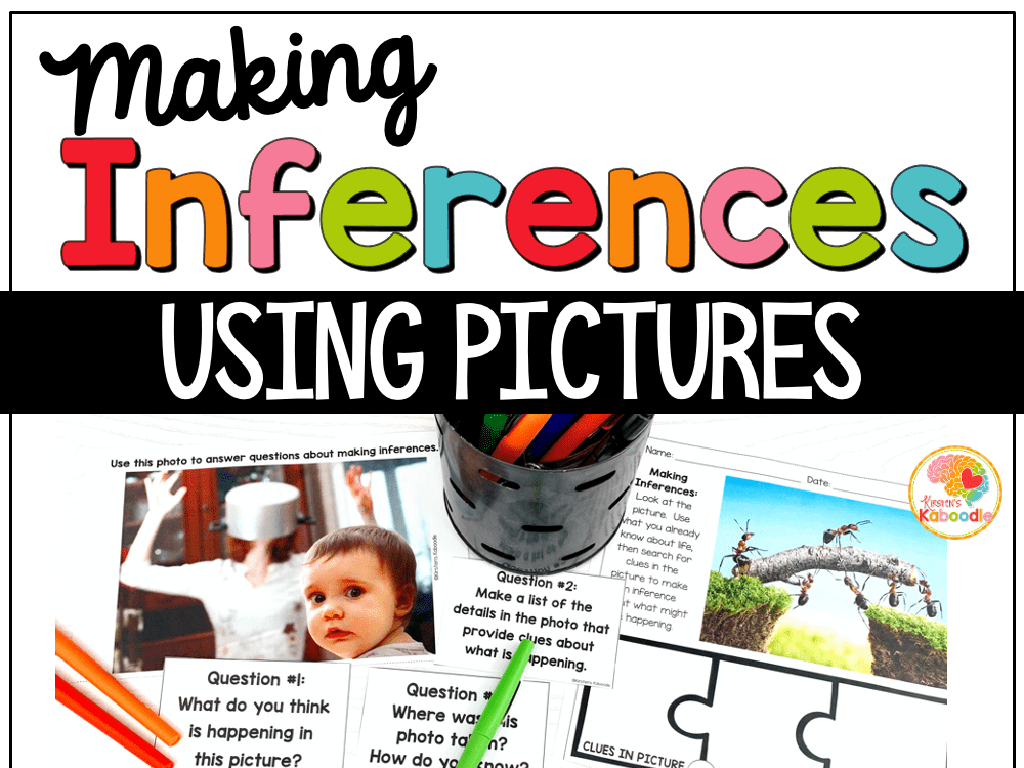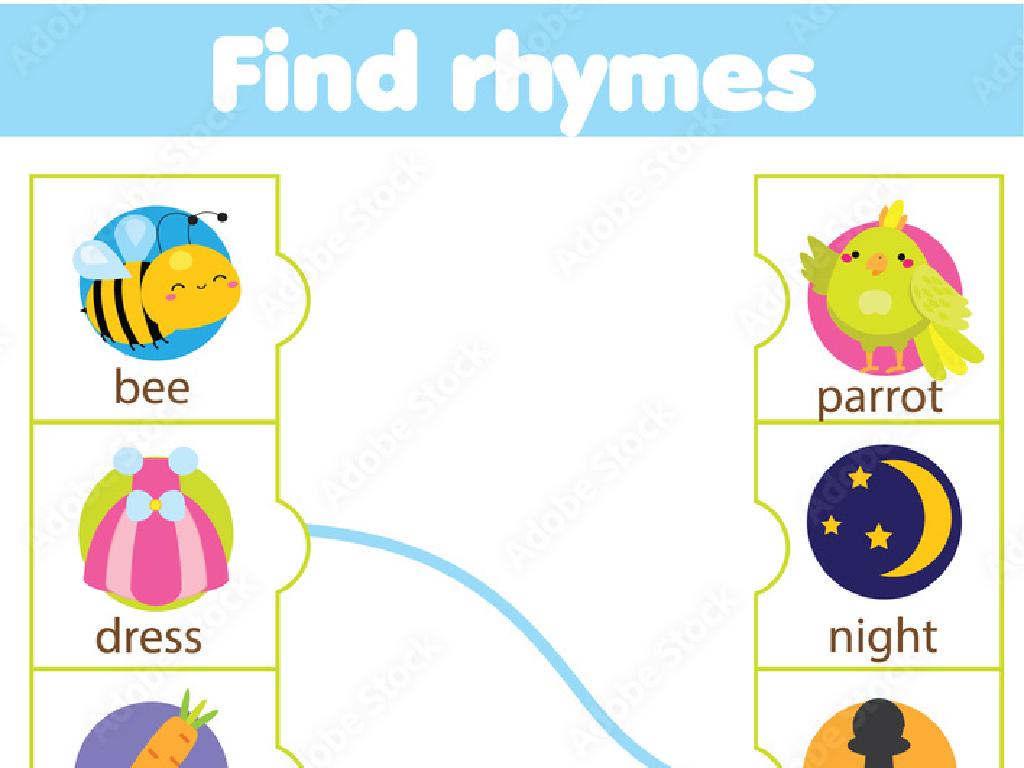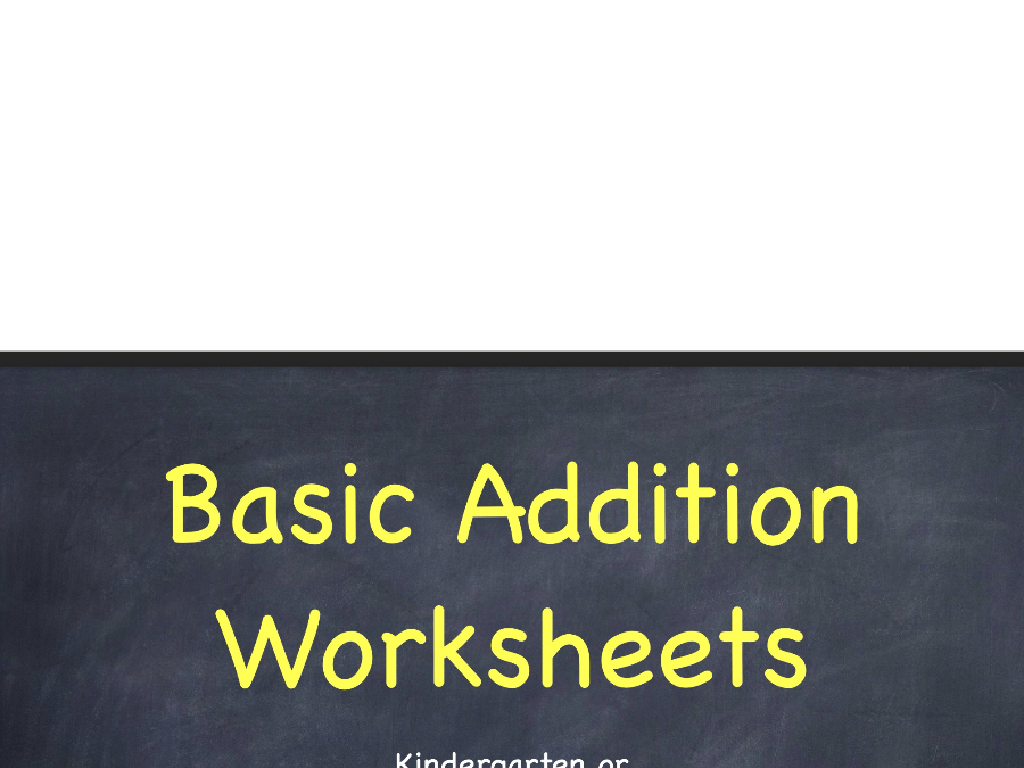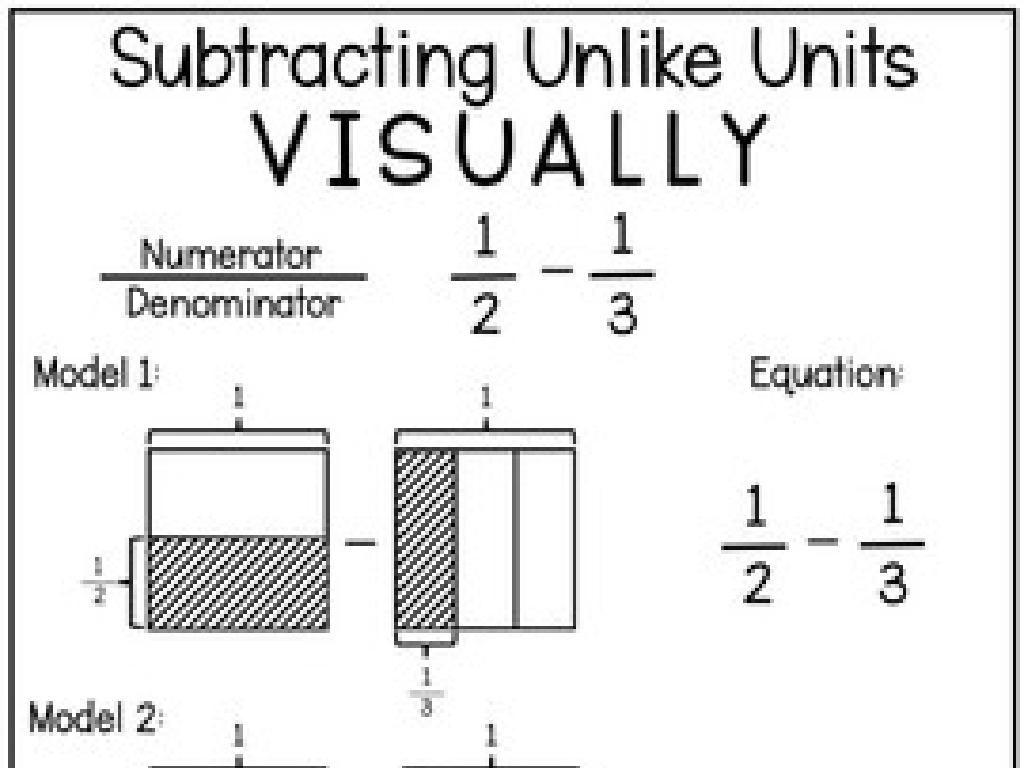Addition Facts - Sums Up To 20
Subject: Math
Grade: First grade
Topic: Addition Up To 20
Please LOG IN to download the presentation. Access is available to registered users only.
View More Content
Welcome to Addition!
– Becoming addition experts
– Adding numbers up to 20
– Learn to add smaller numbers like 2 + 3 or 4 + 5
– Addition speeds up counting
– Instead of counting 1 by 1, we can add groups of numbers together
– Practice makes perfect
– We’ll do fun activities to get really good at adding!
|
This slide is designed to introduce first graders to the concept of addition as a tool for counting more efficiently. Start by explaining that becoming an addition expert means being able to combine two or more numbers to find out how many items there are in total. Use simple examples to demonstrate addition up to 20, ensuring that the numbers added are familiar and not too large for beginners. Emphasize that addition is a faster way to count than doing it one by one, which can be illustrated with practical examples or visual aids. Encourage the students by telling them that with practice, through various class activities and games, they will become very good at adding numbers. The goal is to create an engaging and supportive environment where students feel excited about learning to add.
Understanding Addition: Sums Up to 20
– Addition means putting together numbers
– Combining groups to find a total
– If you have 3 apples and get 2 more, how many now?
– The ‘+’ sign means to add
– Practice adding numbers within 20
– Try 5 + 10 or 7 + 8 to make a sum up to 20
|
This slide introduces the basic concept of addition to first graders. Start by explaining that addition is a way of finding out how many items we have in total when we put groups together. Use tangible examples like combining different sets of toys or fruits to illustrate the concept. Show the plus sign and ensure that students recognize it as the symbol for addition. Encourage them to practice with simple sums that add up to 20, using objects or visual aids to help them understand. This foundational skill is crucial for their future mathematical learning.
Mastering Addition Facts: Sums Up to 20
– What are addition facts?
Simple math problems like 2+3 or 4+5 we solve without counting.
– Why learn addition facts?
Helps us solve larger problems faster as we remember these small sums.
– Examples of addition facts
Let’s solve 7+8 and 5+5 together and find the sums.
– Practice makes perfect
|
This slide introduces first graders to the concept of addition facts, which are basic addition problems that can be solved quickly and without the need for counting on fingers. Emphasize the importance of memorizing these facts as they form the foundation for tackling more complex math problems in the future. Provide clear examples on the board and work through them as a class. Encourage students to participate by asking them to solve simple addition problems and praise their efforts to build confidence. For homework, assign a few addition facts for them to practice, ensuring they get accustomed to recognizing and solving these problems rapidly.
Let’s Add Together!
– Start with the number 5
– Add 3 more to 5
– Count on your fingers
– Use fingers to count: 5, then 6, 7, 8
– Discover the sum is 8
– 5 plus 3 equals 8
|
This slide is designed to teach first graders the concept of addition by using a simple and relatable example. Start by showing them the number 5 and then demonstrate how to add 3 more using their fingers. Encourage the students to count aloud together from 5 to 8. This interactive method helps them visualize the addition process and understand that adding 3 to 5 results in 8. Reinforce the concept by repeating the exercise with different numbers and ensure that each student is able to perform the addition on their own. The goal is to build their confidence in performing basic addition that sums up to 20.
Practice Time: Let’s Add Together!
– Try some addition facts up to 20
– Remember to count carefully
– We’ll solve the first few together
– For example, 7 + 8. Start from 7 and count up 8 more.
– Then practice on your own
– Use objects like blocks or fingers to help count.
|
This slide is designed to engage students in practicing addition facts with sums up to 20. Start by demonstrating a few examples on the board, showing how to count on from the larger number. Encourage students to use their fingers, objects, or number lines to help them count accurately. After a few guided examples, allow students to work independently or in pairs to solve additional problems. Provide a mix of problems, some with smaller sums to build confidence and some closer to 20 to challenge them. Circulate the room to offer support and praise effort. Consider using manipulatives, visual aids, or interactive games to make the practice more engaging. The goal is to build fluency in addition within 20.
Fun with Addition: Addition Games
– Addition is fun with games!
– Games help us add quickly
– Like racing to add numbers before time runs out
– Let’s play a game together
– Practice our addition skills
– Helps us become addition experts
|
This slide introduces the concept of using games to make learning addition facts up to 20 more engaging for first graders. Emphasize the fun aspect of learning through play. Suggest games such as ‘Addition Race’, where students compete to solve addition problems quickly, or ‘Number Bingo’, where they find sums on their bingo cards. During the game-playing session, encourage students to work in pairs or small groups to foster teamwork and peer learning. As a teacher, prepare to guide the students through the rules of the games and provide assistance as needed. Have a variety of games ready to cater to different skill levels within the class.
Class Activity: Addition Bingo
– Let’s play Addition Bingo!
– Listen for the addition fact called out
– Find the sum on your bingo card
– If I say ‘4 + 3’, look for ‘7’ on your card
– Get five in a row to win!
|
This interactive class activity is designed to help first graders practice addition facts up to 20 in a fun and engaging way. Prepare bingo cards in advance with a variety of sums up to 20. Explain the rules clearly, ensuring that students understand they need to listen to the addition fact, calculate the sum, and then find the corresponding number on their bingo card. Encourage quick mental addition by calling out facts at a steady pace. Possible variations of the game could include having students work in pairs, using different patterns on the bingo card instead of just a row, or offering small rewards for winners to motivate participation.
Review and Goodbye: Addition Facts Mastery
– Recap of today’s addition facts
– Practice is key to perfection
The more you add, the better you get!
– Praise for today’s effort
You all did amazing with your sums today!
– Encouragement to continue at home
Try adding toys, snacks, or crayons at home!
|
This slide is meant to wrap up the lesson on addition facts up to 20. Start by summarizing the key points covered in today’s lesson, reinforcing the methods used to find sums. Emphasize the importance of regular practice to improve their addition skills, and acknowledge the hard work the students put in during the class. Offer words of encouragement to motivate them to continue practicing at home, suggesting they use everyday items to make learning fun and relatable. Provide examples of simple addition problems they can create with their toys or during snack time to integrate learning into their daily routine.






